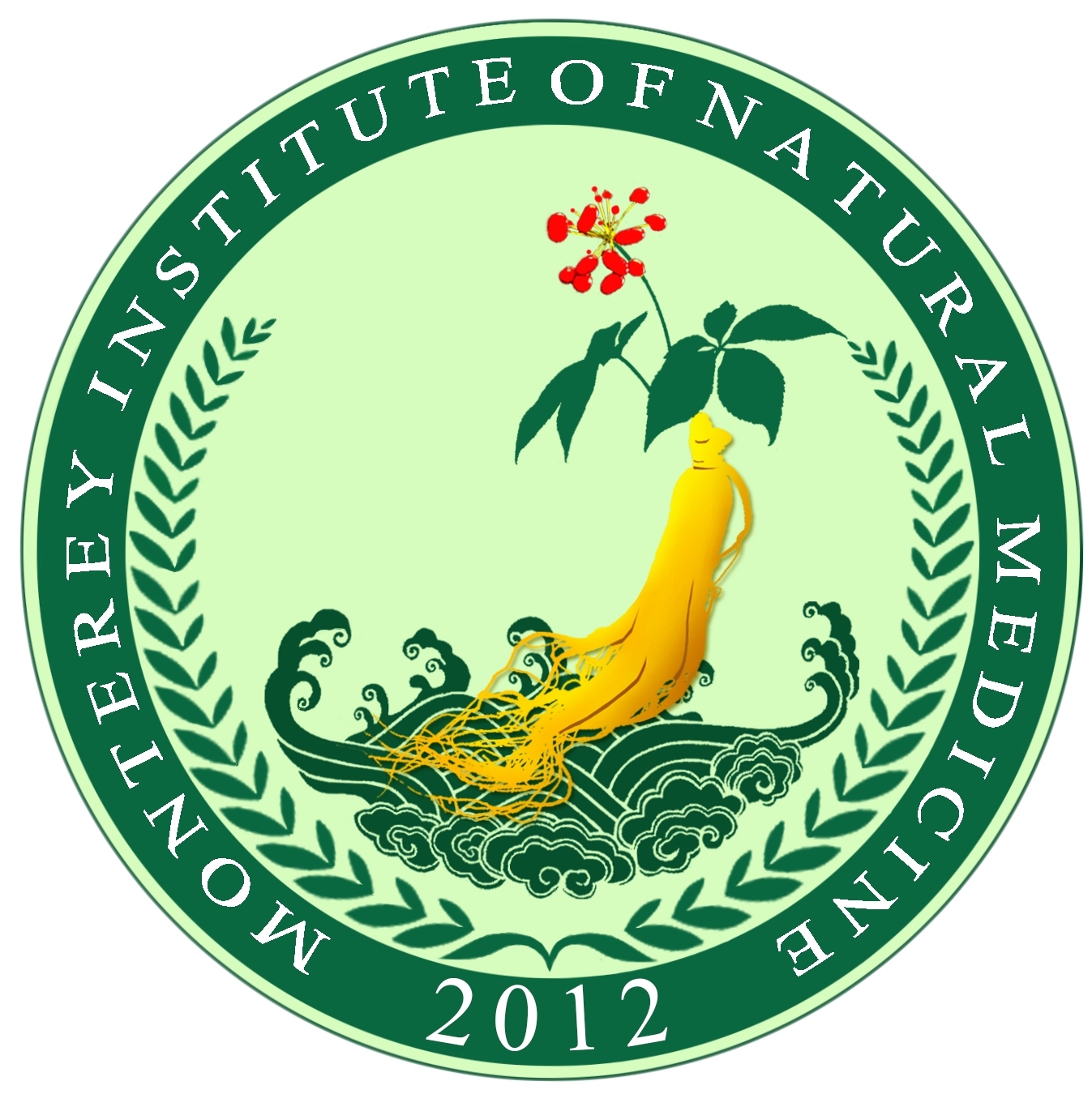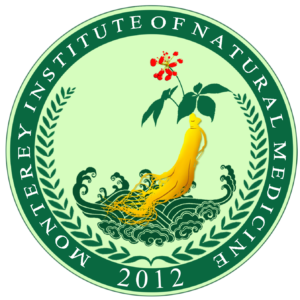Joint pain, a common complaint that can arise from various causes like arthritis, injuries, or age-related wear and tear, can be debilitating for many. Acupuncture has emerged as a complementary therapy that offers relief for this ailment. Here’s an exploration of how acupuncture is believed to treat joint pain:
1. Balancing Qi: Central to the philosophy of acupuncture is the concept of “qi” or life energy. Traditional Chinese Medicine believes that disruptions or blockages in the flow of qi can manifest as physical ailments, including joint pain. By targeting specific acupuncture points related to affected joints, practitioners aim to restore balanced qi flow, promoting healing and alleviating pain.
2. Reduction of Inflammation: Inflammation is a primary culprit behind many joint pain conditions, especially arthritis. Acupuncture is believed to help reduce inflammation by releasing vascular and immunomodulatory factors. This anti-inflammatory effect can help decrease swelling, redness, and pain in the affected joints.
3. Endorphin Release: Acupuncture can stimulate the body’s release of endorphins, which are natural painkillers. By increasing endorphin levels, the perception of joint pain can be diminished, offering relief to sufferers.
4. Stimulation of Nerve Endings: Acupuncture’s stimulation of specific nerve endings might alter pain signal transmission, effectively preventing these signals from reaching the brain. This can decrease the severity of pain experienced in the joints.
5. Muscle Relaxation: Joint pain can sometimes be exacerbated by tension or spasms in the muscles surrounding the joint. Acupuncture may help relax these muscles, reducing additional strain or pressure on the affected joint.
6. Improving Circulation: Acupuncture is believed to enhance blood circulation, which can aid in the delivery of nutrients and oxygen to the joint areas. Improved circulation can facilitate healing and reduce pain.
7. Gate Control Theory of Pain: This theory, from a biomedical perspective, suggests that stimulating certain nerve fibers can “close the gate” to pain signals, preventing them from reaching the brain. Acupuncture may activate these nerve fibers, thereby reducing the sensation of pain.
In conclusion, acupuncture offers a holistic, non-invasive approach to joint pain management. While its mechanisms are understood both traditionally and biomedically, it’s important to note that individual experiences with acupuncture can vary. As with any treatment, consulting with trained and licensed acupuncturists and integrating their advice with other medical recommendations can be the best approach to managing joint pain.


